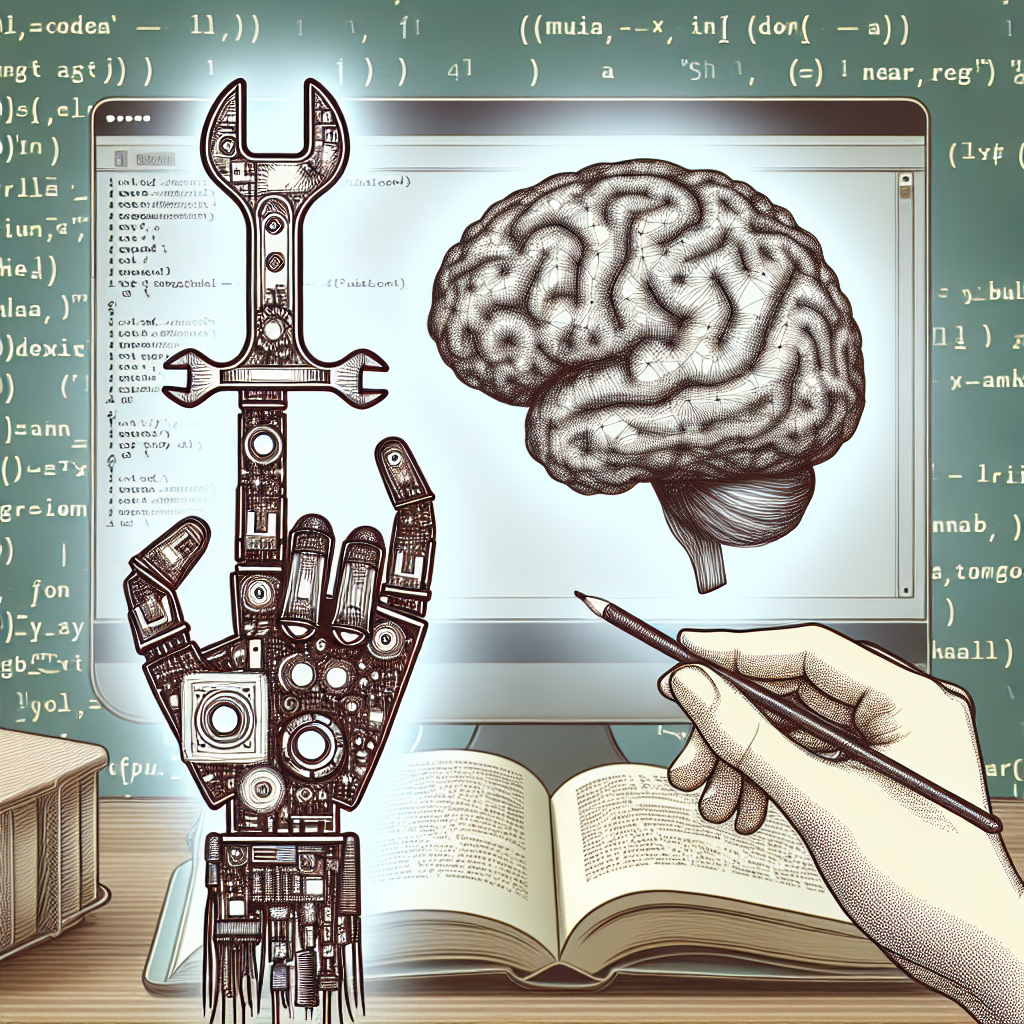Getting Started with Hands-On Machine Learning using Scikit-Learn and TensorFlow
Machine learning is a rapidly growing field that has the potential to revolutionize industries across the board. With the rise of powerful tools like Scikit-Learn and TensorFlow, getting started with hands-on machine learning has never been easier.
Scikit-Learn is a popular machine learning library in Python that provides a wide range of algorithms and tools for building predictive models. TensorFlow, on the other hand, is an open-source machine learning framework developed by Google that is widely used for deep learning applications.
To get started with hands-on machine learning using Scikit-Learn and TensorFlow, here are some steps you can follow:
1. Install the necessary libraries: Before you can start building machine learning models, you’ll need to install Scikit-Learn and TensorFlow on your machine. You can do this using the pip package manager in Python by running the following commands:
“`
pip install scikit-learn
pip install tensorflow
“`
2. Choose a dataset: The first step in any machine learning project is to choose a dataset to work with. There are many publicly available datasets that you can use for practice, such as the Iris dataset or the MNIST dataset for image classification.
3. Preprocess the data: Once you have chosen a dataset, you’ll need to preprocess the data to make it suitable for training a machine learning model. This may involve tasks such as cleaning the data, handling missing values, and scaling the features.
4. Choose a model: Next, you’ll need to choose a machine learning model to train on your dataset. Scikit-Learn provides a wide range of algorithms, such as linear regression, decision trees, and support vector machines. For more complex models, you can use TensorFlow to build neural networks.
5. Train the model: After choosing a model, you can train it on your dataset using the fit() method in Scikit-Learn or the model.fit() method in TensorFlow. This will involve feeding the training data into the model and adjusting the model’s parameters to minimize the error.
6. Evaluate the model: Once the model has been trained, you’ll need to evaluate its performance on a separate test dataset. You can use metrics such as accuracy, precision, and recall to assess how well the model is performing.
7. Make predictions: Finally, once you are satisfied with the model’s performance, you can use it to make predictions on new data. This will allow you to apply the model to real-world problems and make informed decisions based on the predictions.
By following these steps, you can get started with hands-on machine learning using Scikit-Learn and TensorFlow. With practice and experimentation, you can hone your skills and become proficient in building predictive models for a wide range of applications.


